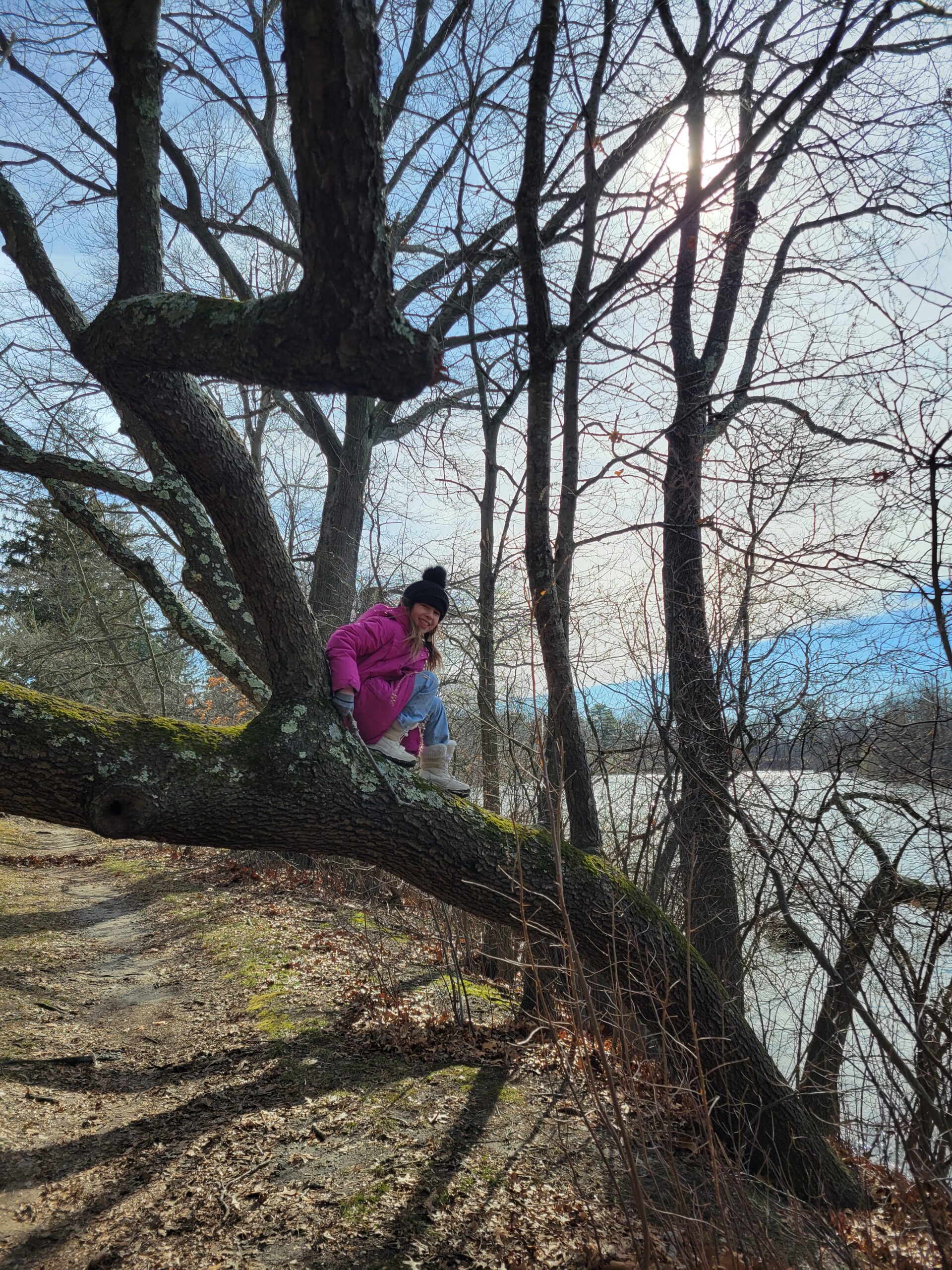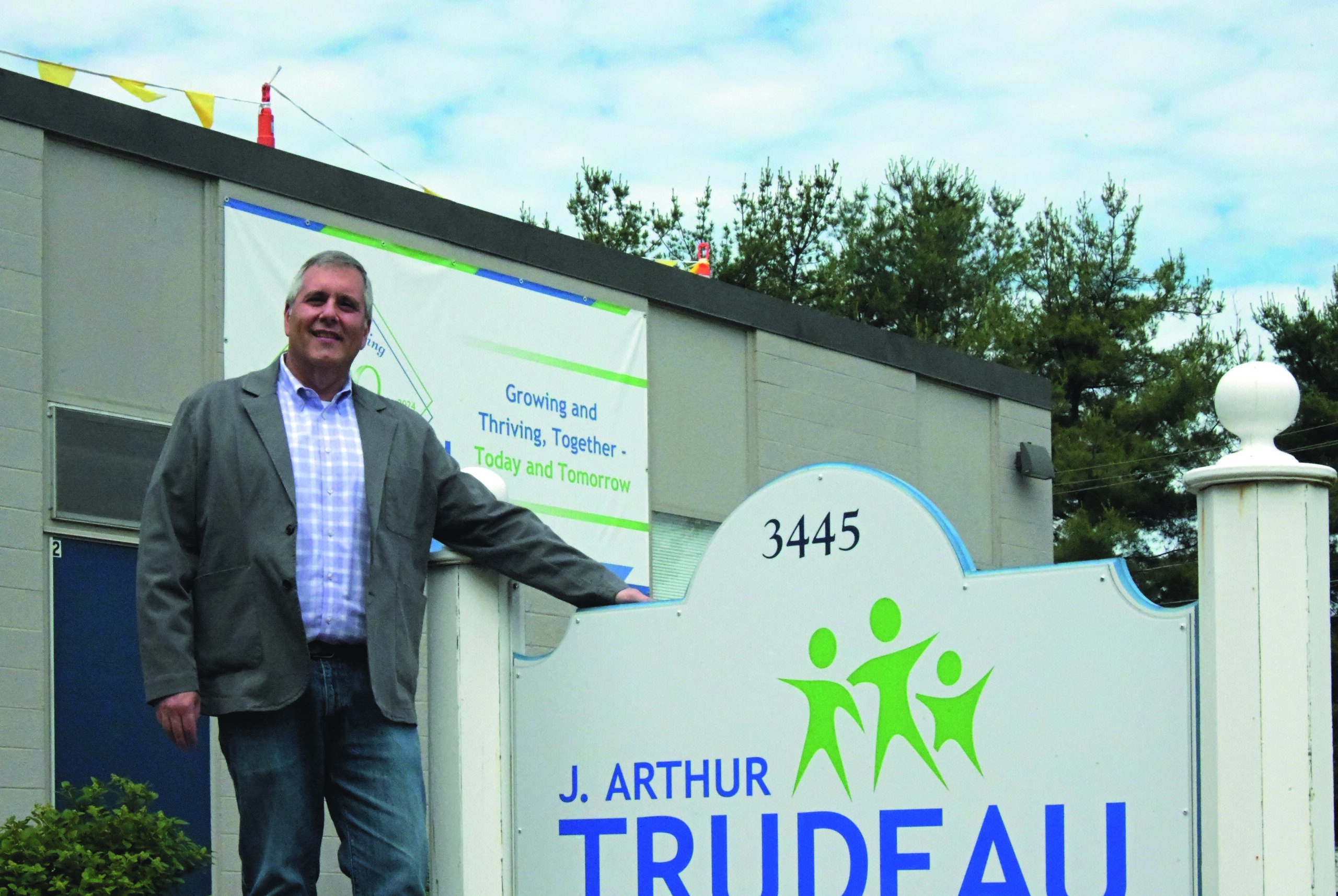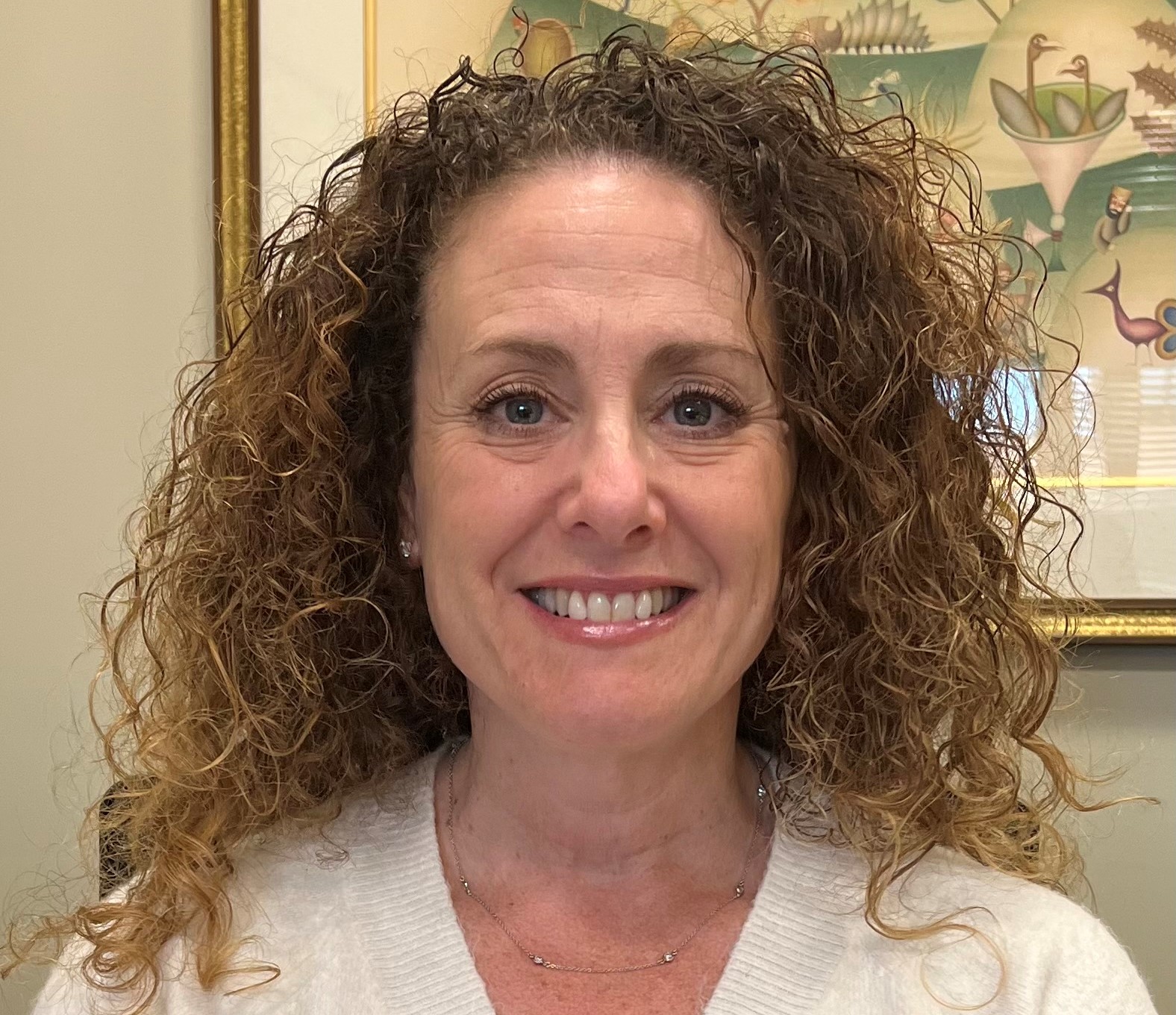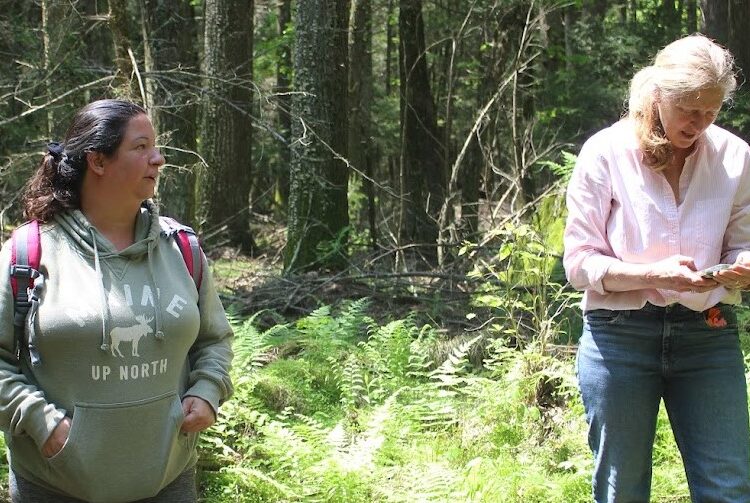No one is really sure, but park officials say the emergence of a healthy fish population shows how the area’s ecosystem is improving
Originally published by ecoRI News, a nonprofit newsroom covering environmental news in Rhode Island. Read more at ecoRI.org
PROVIDENCE — On any nice day at Roger Williams Park, among the strollers, bird watchers, and zoo visitors, there’s often a cohort of folks fishing.
Bass, stripers, and several different types of sunfish all make their home in the park’s series of waterways. “We see carp here that are three feet long,” Providence Parks Department deputy superintendent Brian Byrnes said during a recent interview with ecoRI News.
The primary way water comes into Roger Williams Park is via the Mashapaug pipe, which runs from Mashapaug Pond in the city’s Reservoir neighborhood to Roosevelt Lake near the park’s casino and bandstand. Water leaves the park below Cunliff Lake at Park Avenue and flows into the Pawtuxet River less than a mile downstream.
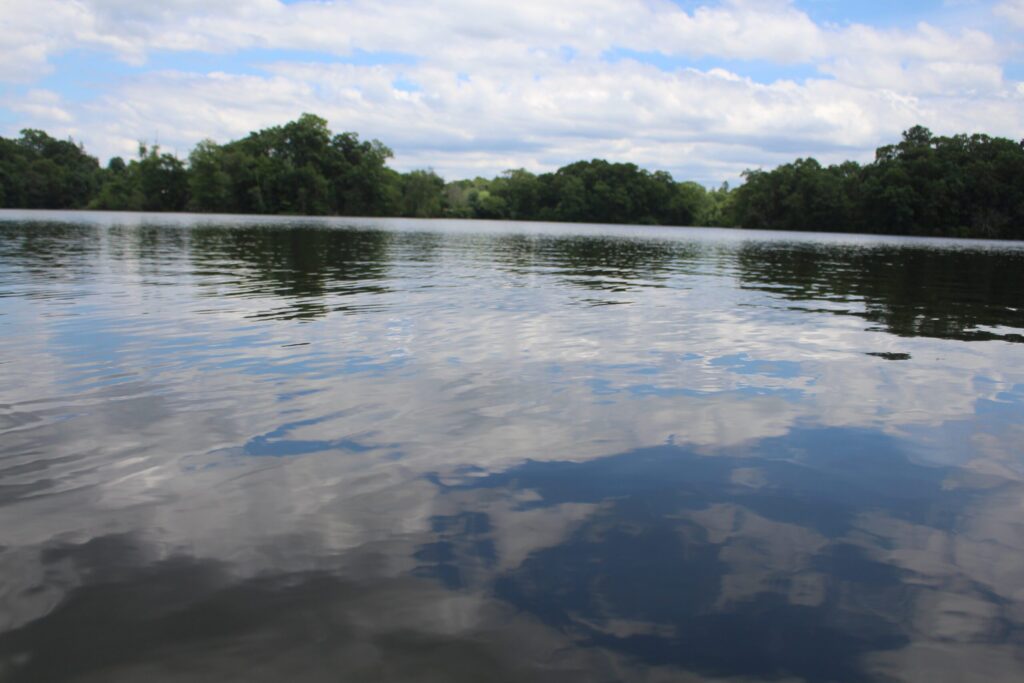
It isn’t fully clear how the fish got into the waterways, but Byrnes said the healthy fish population growing in Roger Williams Park demonstrates the increasing health of the ecosystem there.
There are seven lakes in the park, but only one is natural. The rest were human-made following the 19th-century damming of a brook that ran through the area.
Byrnes said there were probably some fish in the natural brook and Deep Spring Pond originally, but since Providence established the park, neither the city nor the state has stocked the ponds.
Although carp — “our least welcome fish,” as park superintendent Wendy Nilsson called them — live in the lakes and can stir up sediments and decrease water quality, the diversity of other fish and the increase in population indicate initiatives to improve water quality over the years are working.
The fish are “getting healthier because the water is getting healthier,” Byrnes said.
A huge investment in green infrastructure and increased vegetation have helped filter stormwater runoff before it can enter the lakes, while reducing the geese population — in part by getting people to stop feeding them — has also reduced pollution in the ponds from their poop.
In fact, reducing the park’s goose population hasn’t been easy. Egg oiling, dogs, and coyote decoys all had limited success. In 2012, city officials opted for more drastic action, capturing and killing 410 of its some 1,000 resident Canada geese.
The combination of these efforts and others in collaboration with the Providence Stormwater Innovation Center over the past few years has made the fish and fishing a centerpiece at Roger Williams Park, Nilsson said. So much so that the park holds an annual fishing event, where visitors can reel in and learn about fish from experts. This year’s event was held on last Wednesday.
Water quality and fish health are ongoing battles, as the ponds still deal with blue-green algal blooms, which the park post advisories about. But the fish trends, along with an increase in other wildlife in Roger Williams Park (from birds to plants to insects), are positive gauges, along with water quality testing itself, which shows water leaves the park cleaner than when it comes in.
Nilsson and Byrnes said there’s a lot more they would like to accomplish.
“We are also in the development of bringing people closer to the ponds and lakes here as they were originally intended,” said Nilsson, referring to a project that would create a fishing pier near the Temple of Music.
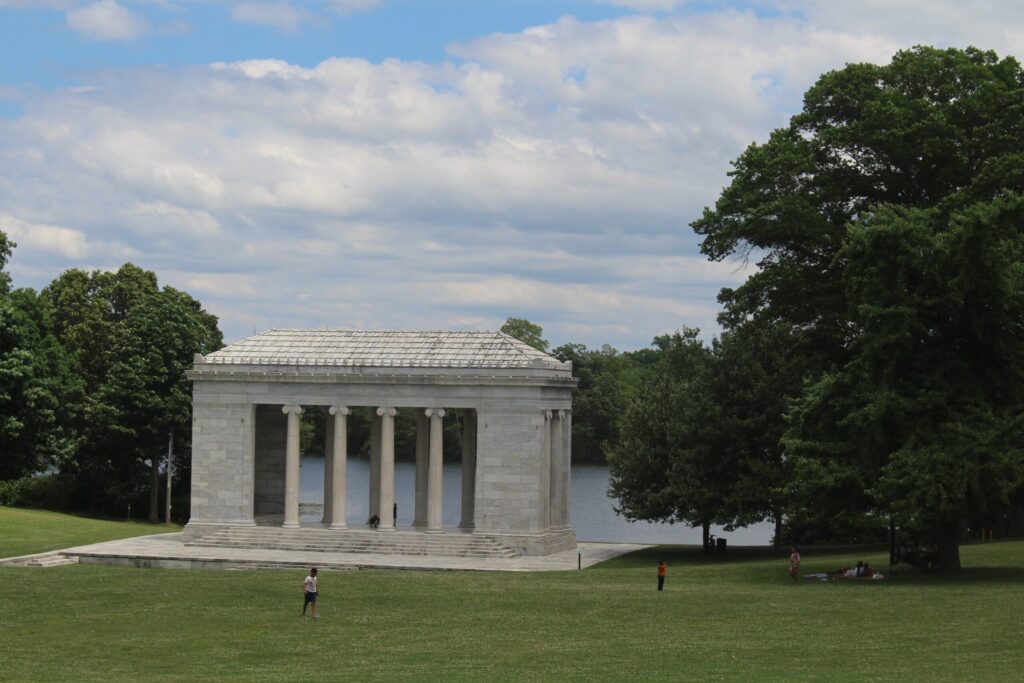
Byrnes said they also have a goal of someday adding a fish ladder to Cunliff Dam, which would allow the state to stock the ponds. It would also allow the migration of herring, a foraging fish, and provide food for other organisms in the pond.
“So,” he said, “the fish population will grow in the park and get better.”

